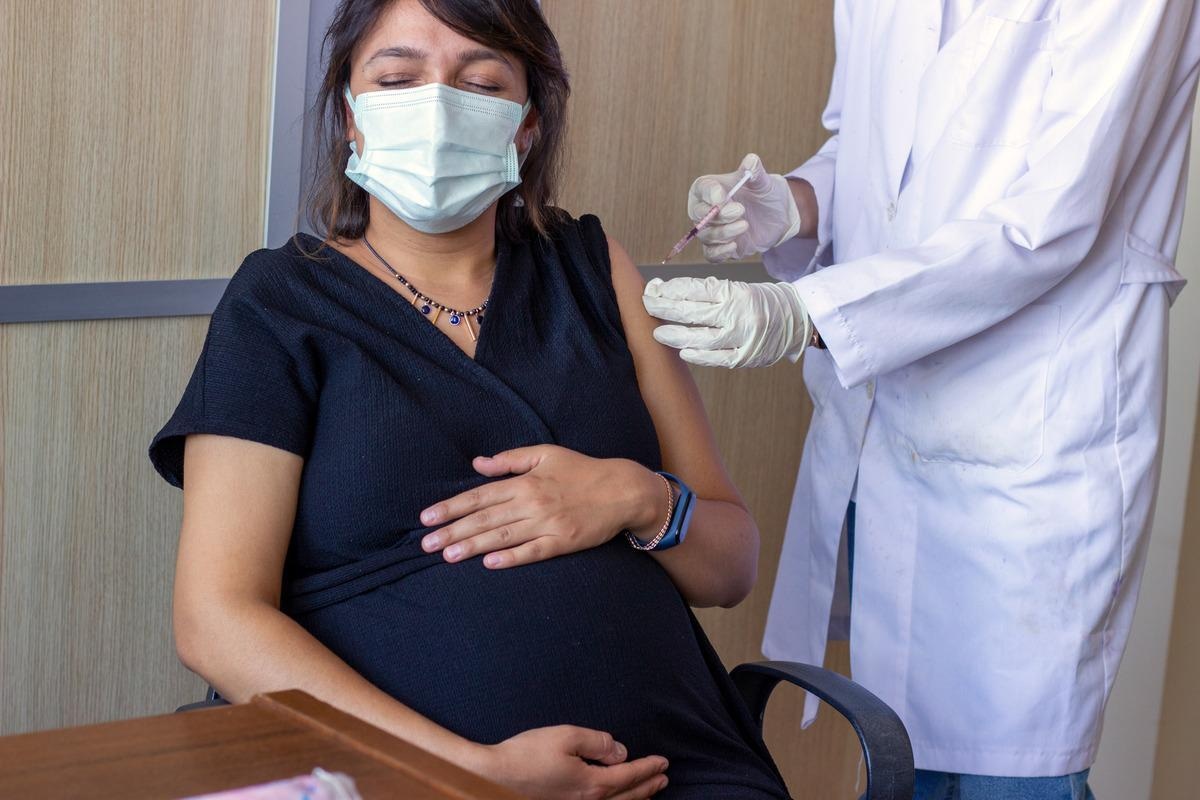Washington [US], August 13 (ANI): According to new research, women who experienced complications related to developing high blood pressure, or hypertension, during pregnancy had a 63 per cent increased risk for developing cardiovascular disease later in life.
While hypertensive pregnancy complications previously have been linked to increased cardiovascular risks, the current study controlled for pre-pregnancy shared risk factors for these types of complications and cardiovascular disease. Researchers also found that high blood pressure, high cholesterol, type 2 diabetes, or being overweight or obese after pregnancy accounted for most of the increased risk between pregnancy complications and future cardiovascular events.
The findings, published in the Journal of the American College of Cardiology, could support healthcare providers in developing personalized heart disease prevention and monitoring strategies for women who had hypertension during pregnancy. The information could also help bridge the gap that often occurs after a woman ends obstetric care and resumes or starts care with another provider.
Using health data shared by more than 60,000 participants in the Nurses’ Health Study II, the research represents one of the most comprehensive reviews evaluating links between future cardiovascular events in women who have had preeclampsia or gestational hypertension. Gestational hypertension is characterized by an increase in blood pressure during pregnancy. Preeclampsia is a more severe complication marked by a sudden rise in blood pressure that can affect the organs and be dangerous for both mother and baby. Both conditions are often diagnosed after 20 weeks of pregnancy.
“Women with a history of gestational hypertension or preeclampsia should be informed that they have an increased risk for cardiovascular disease,” said Jennifer J. Stuart, Sc.D., a study author and associate epidemiologist in the Division of Women’s Health at Brigham and Women’s Hospital and Harvard Medical School, Boston. “While the American Heart Association and American College of Cardiology recognize these conditions as cardiovascular risk factors, women and their providers have lacked clear direction on what to do in the intervening years between delivery of a hypertensive pregnancy and the onset of cardiovascular disease.”
The researchers’ analysis showed that early screening and monitoring in four targeted areas — blood pressure, cholesterol and glucose levels, and body mass index — could provide even more personalized targets to help delay or possibly prevent future cardiovascular events among these women.
In this study, almost 10% of women developed hypertension during their first pregnancy. Among these women, 3,834 (6.4%) developed preeclampsia and 1,789 (3%) developed gestational hypertension. Women who were obese before pregnancy were three times more likely to experience a hypertensive pregnancy disorder, and those with a family history of heart disease or stroke also shared increased risks. In their analysis, the researchers controlled for these and other important pre-pregnancy factors that could increase the risk of developing hypertension during pregnancy and having a heart attack or stroke later in life.
After about 30 years, when the average age of women in the study was 61 years, approximately 1,074 (1.8%) of study participants had experienced a cardiovascular event, such as a heart attack or stroke. The type of event women had — and when they had it — often overlapped with specific pregnancy complications.
For example, compared to women with normal blood pressure in pregnancy, women with gestational hypertension, which was associated with a 41% increased risk for cardiovascular disease, were more likely to have a stroke about 30 years after their first pregnancy. Women with preeclampsia, which was associated with a 72% increased cardiovascular risk, were more likely to have a coronary artery event, such as a heart attack, as early as 10 years after their first pregnancy.
Post-pregnancy cardiometabolic risk factors, such as obesity, type 2 diabetes, and chronic hypertension, explained most of the increased cardiovascular risk observed among women with gestational hypertension or preeclampsia. Chronic hypertension was the largest contributor of all, accounting for 81% of increased cardiovascular disease risks among women who had gestational hypertension and for 48% of increased risks among women who had preeclampsia. Most women who experienced a hypertensive pregnancy disorder developed chronic hypertension in the years or decades after they gave birth.
“This study reinforces how important it is for women and their healthcare providers to address known cardiovascular disease risk factors, such as obesity or having high blood pressure, while thinking about starting a family and then during and after during pregnancy,” said Victoria Pemberton, R.N.C., a program officer at NHLBI.
For future research, Stuart said diversity is key. Most women in the Nurses’ Health Study II were white, which means the percentage of women affected by different risk factors may vary. The study also provides a foundation to expand on emerging associations, such as studying links between gestational hypertension and stroke and between preeclampsia and coronary artery disease.
Additionally, while over 80% of the increased risk for cardiovascular disease among women with a history of gestational hypertension appears to be jointly accounted for by established cardiovascular risk factors, nearly 40% of the risk for cardiovascular disease following preeclampsia remains unexplained.
Investigating these pathways may help clarify why some women who experienced preeclampsia are more likely to develop heart disease. By better understanding these connections, researchers may be able to contribute insight to help healthcare providers provide even more personalized recommendations and strategies for women at greatest risk.
The research was also supported by grants from the National Cancer Institute and the Eunice Kennedy Shriver National Institute of Child Health and Human Development. (ANI)
This report is auto-generated from ANI news service. ThePrint holds no responsibility for its content.







